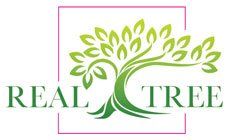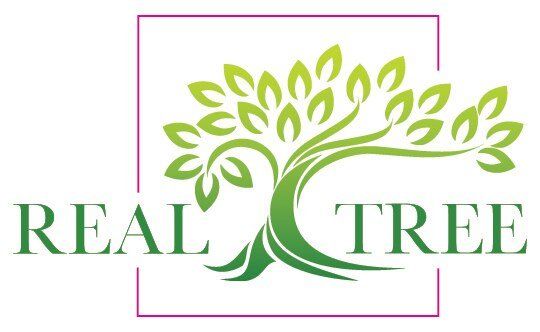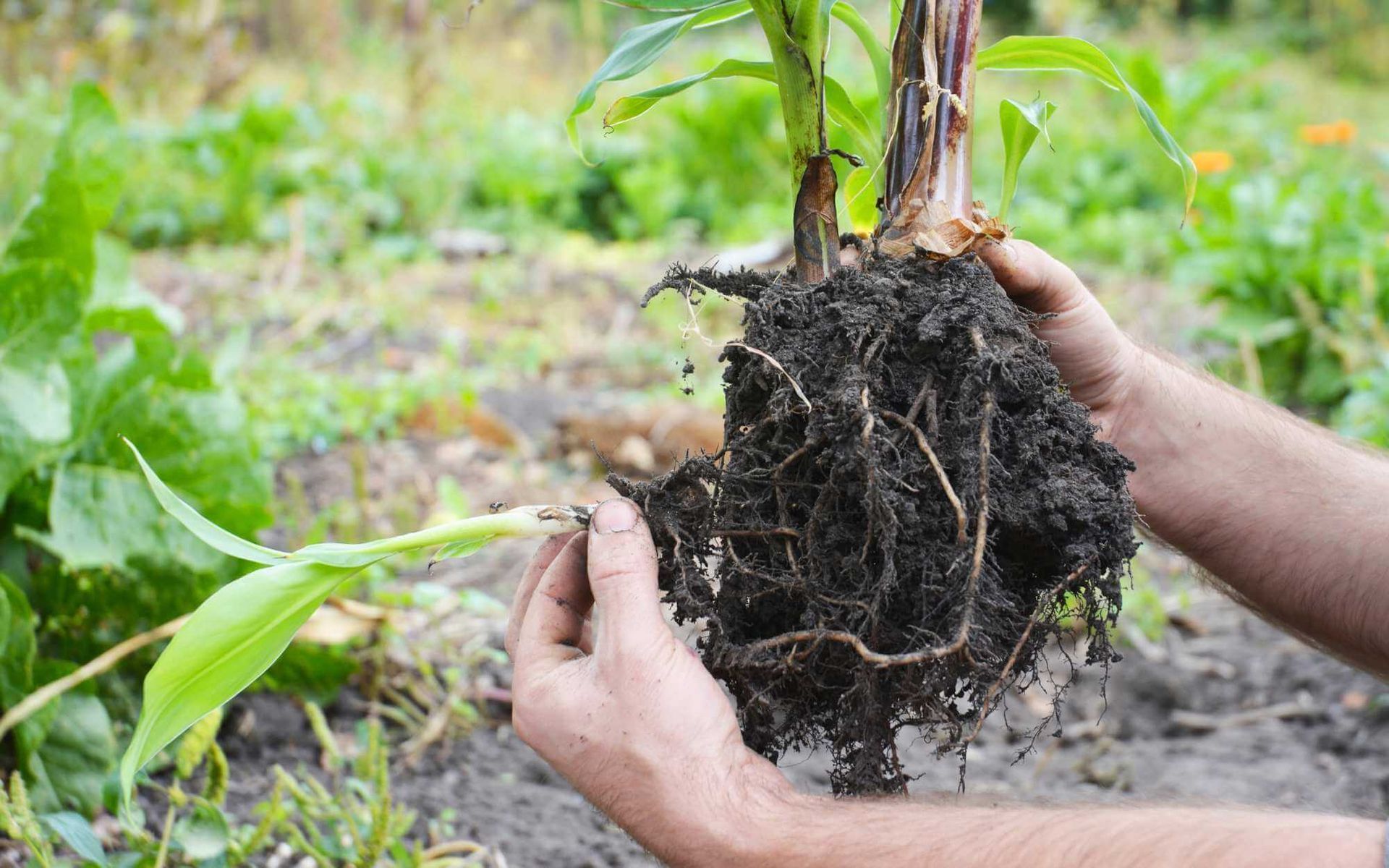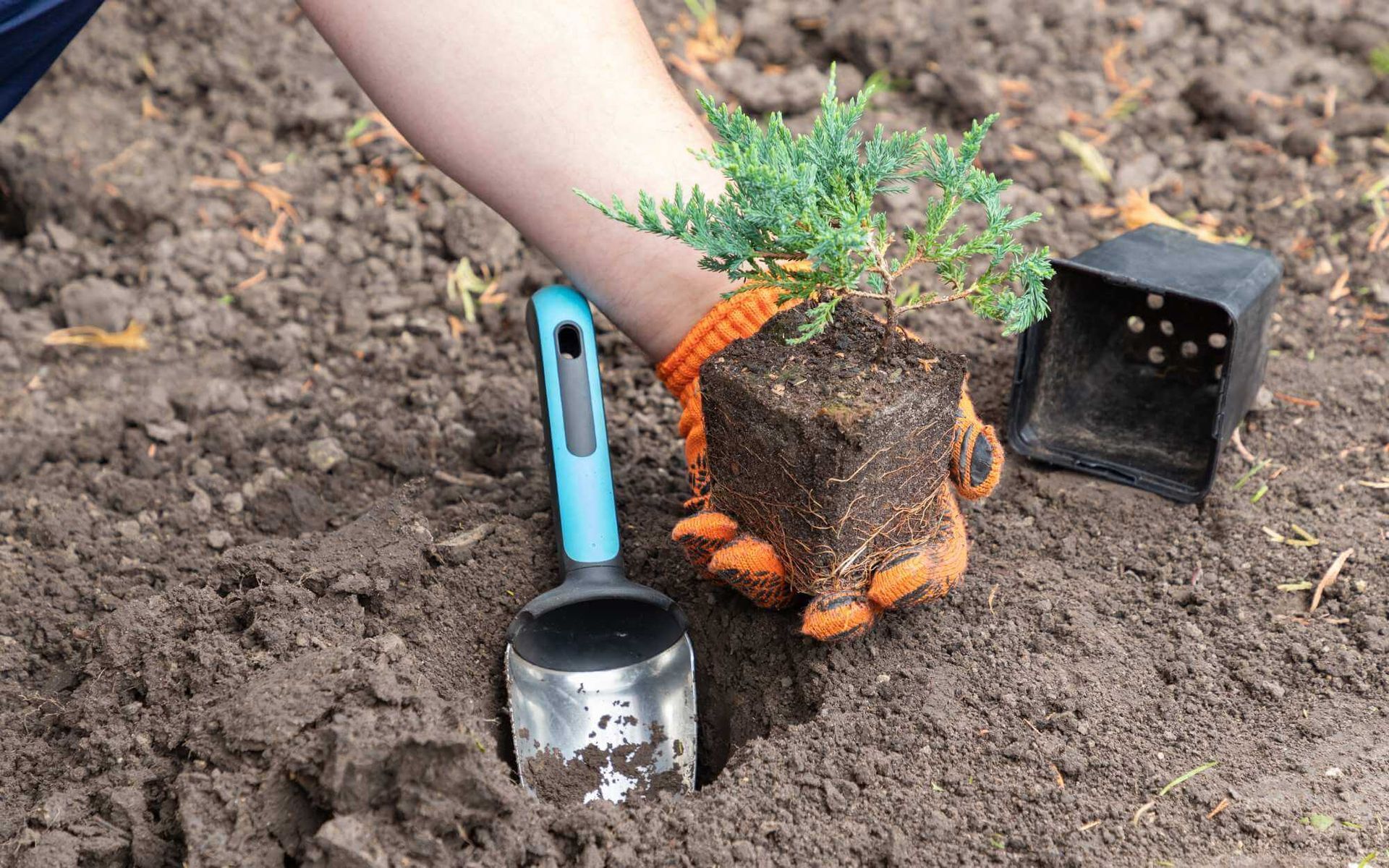A Guide to Improving Tree Health through Canopy Thinning
PUBLISHED ON
SHARE THIS ARTICLE
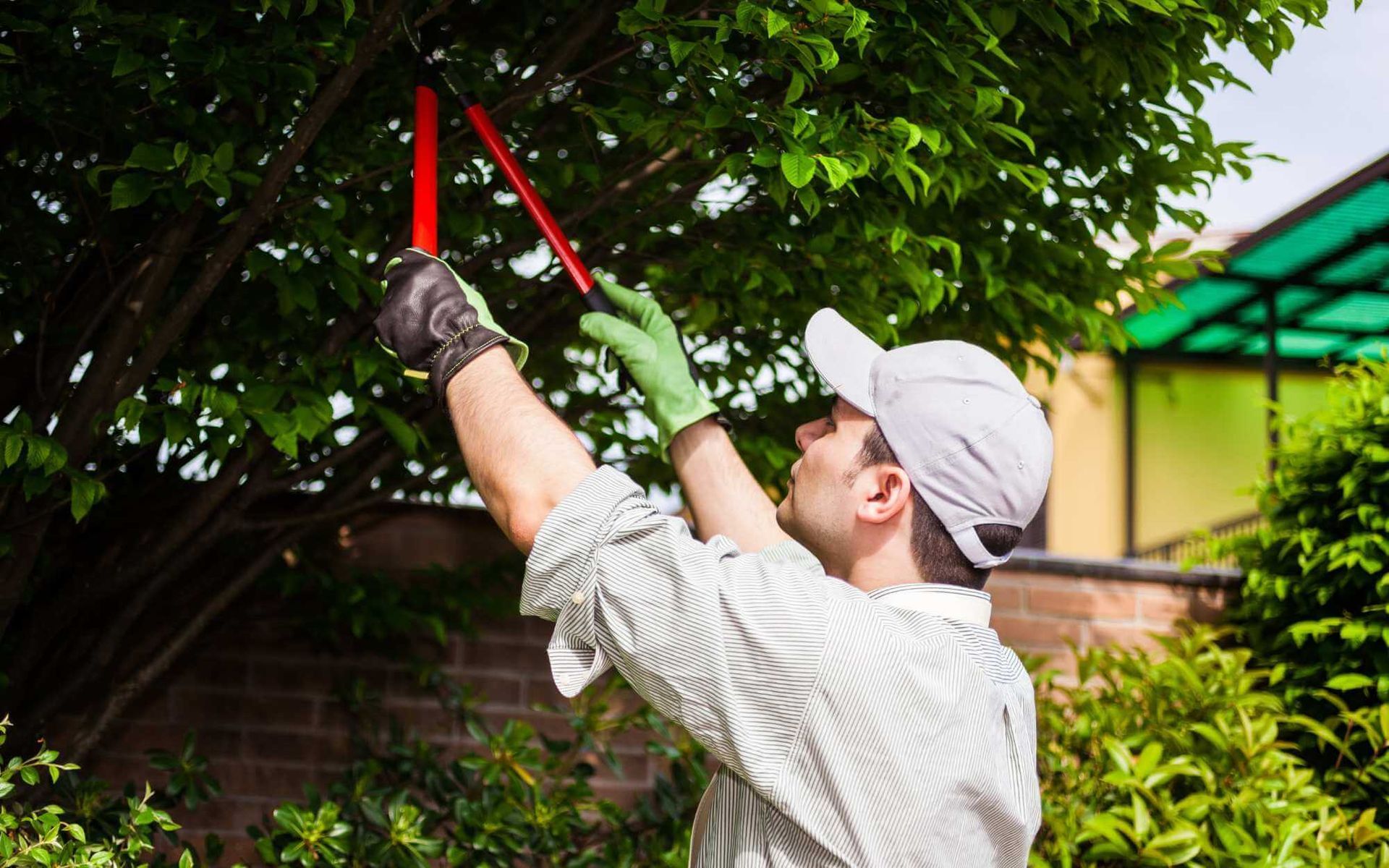
Trees are the lungs of our planet, providing oxygen, sequestering carbon, and offering shelter to myriad wildlife. However, maintaining the health of these vital organisms often requires proactive measures. One such practice, known as 'canopy thinning', can significantly improve the health and longevity of your trees.
This guide aims to shed light on the importance of
canopy thinning and provide practical advice for implementing this crucial tree care practice. We can contribute to a healthier, greener planet by understanding and applying these techniques.
Understanding Canopy Thinning
Canopy thinning, an essential tree care practice, involves selectively removing branches from a tree's canopy, enhancing light penetration and air circulation. This process removes overcrowded, weak, or potentially hazardous limbs, maintaining the tree's structural integrity and reducing disease susceptibility.
The purpose is twofold: first, to improve the tree's health and lifespan by preventing infestations and promoting growth; second, to enhance aesthetic appeal by shaping the tree and enhancing visibility beneath it.
Proper tree thinning leads to healthier, safer, and more beautiful trees, contributing to a more vibrant and sustainable natural environment.
Steps to Perform Canopy Thinning
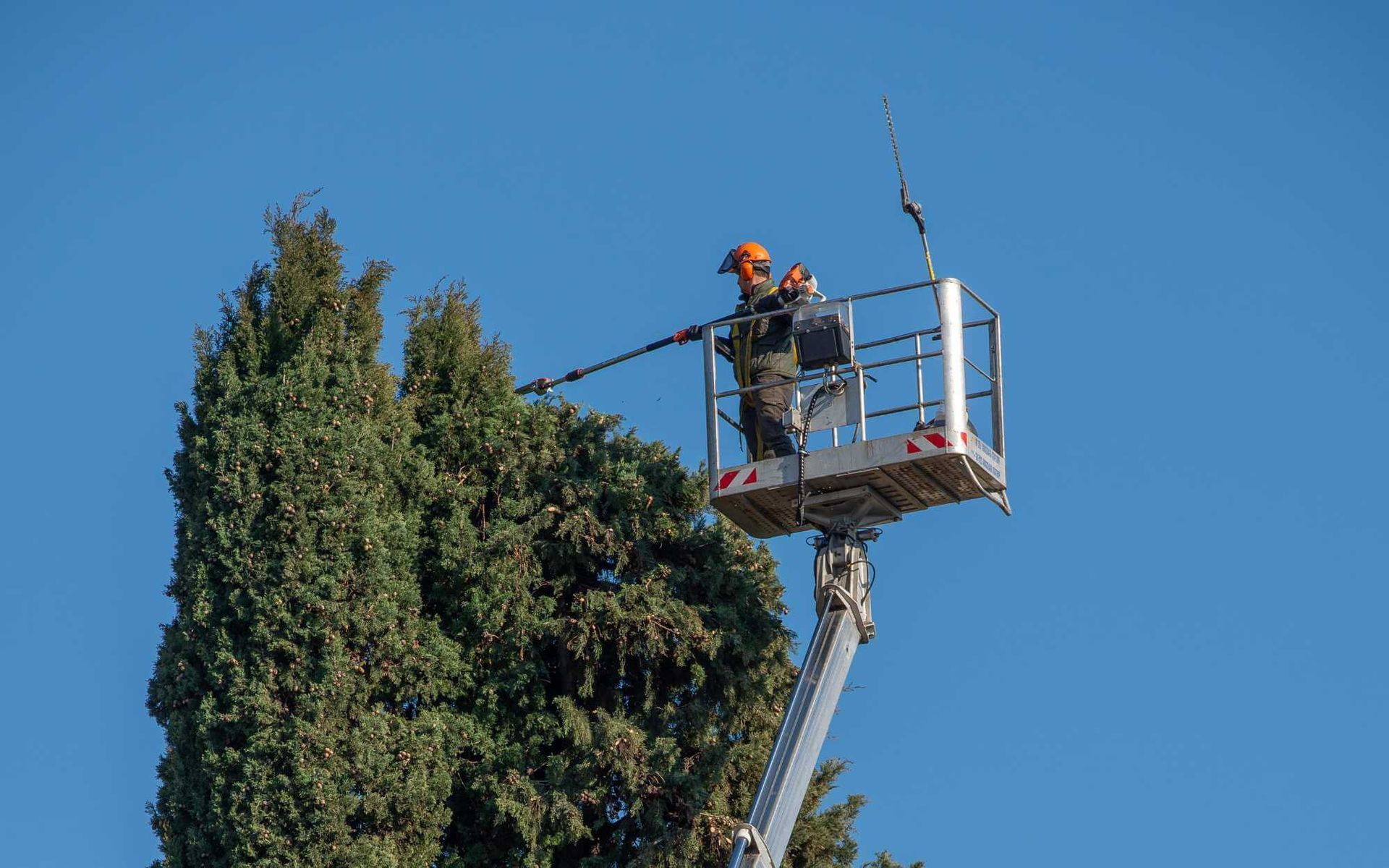
Before beginning, it is essential to identify the tree's species and understand its natural growth patterns. Then follow these steps:
Assessing Tree Health
To assess tree health, start by examining the tree's overall appearance.
Look for signs of disease or infestation such as discolored leaves, dead branches, or unusual growths. Also, inspect the bark for cracks or growths which may indicate internal decay. Pay attention to the tree's roots, where signs of distress often appear first. A healthy tree will have full, vibrant foliage, while an unhealthy tree might show sparse or dry leaves.
After the health check, you can start thinning the canopy accordingly.
Selecting Proper Tools
Choosing the right tools is crucial for effective canopy thinning.
For smaller, reachable branches, a pair of sharp pruning shears will suffice. For larger branches or those high up in the tree, a pruning saw or a pole saw may be necessary. If working on larger trees or performing substantial thinning, it may be beneficial to use a chainsaw.
Remember, safety is paramount; always wear protective gear, including gloves, safety glasses, and sturdy footwear.
Thinning Techniques
- Removing Crossed Branches: Eliminate branches that cross or rub against each other to prevent damage and disease.
- Pruning Weak Branches: Remove branches with weak, V-shaped angles of attachment to improve the tree's structural integrity.
- Maintaining Natural Shape: Aim to maintain the tree's natural shape by selectively removing branches while considering the overall aesthetic.
- Targeting Diseased or Damaged Limbs: Prioritize removal of limbs showing signs of disease, damage, or decay.
- Following the One-third Rule: Aim to remove no more than one-third of the tree's total canopy in a single pruning session.
- Avoiding Over-Pruning: Over-pruning can stress the tree; ensure adequate foliage remains for photosynthesis.
Best Practices for Tree Health
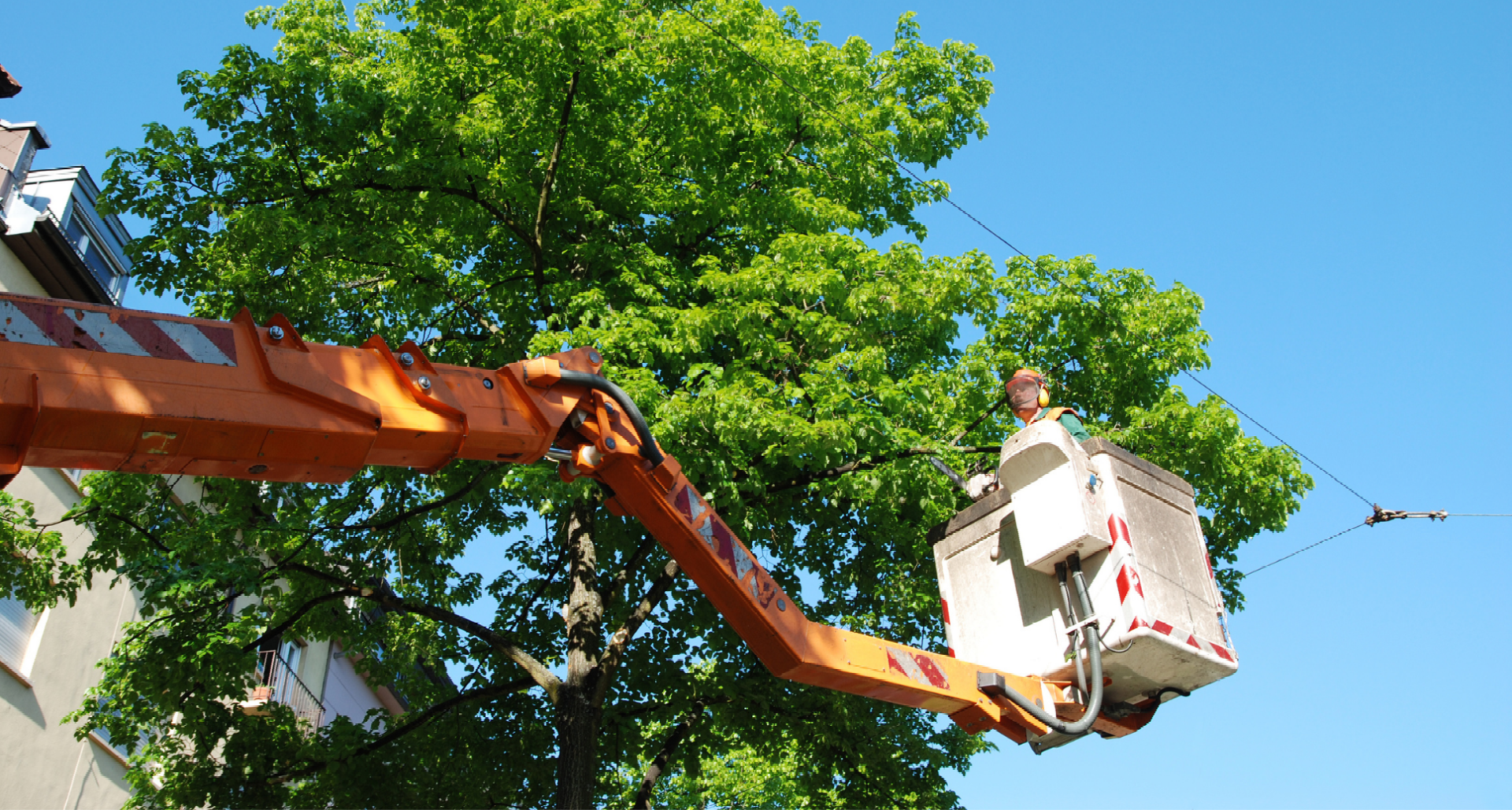
Establishing a routine for tree health includes following regular maintenance, careful monitoring, and seeking professional assistance when necessary.
Regular Maintenance: Both young trees and mature trees thrive with consistency. Regular maintenance, such as watering, mulching, and pruning, ensures trees stay healthy and robust. A well-maintained tree can better resist disease, pests, and adverse weather conditions.
Monitoring and Care: Continuous monitoring enables early detection of potential issues. Inspecting trees for changes in leaf color, premature leaf drop, or unusual growths can help catch diseases or infestations before they become severe. Timely care increases the likelihood of successful treatment and recovery.
Importance of Professional Assistance: While everyday care can be handled individually, having professional arborists inspect your trees periodically is invaluable. Their expert knowledge can identify and address complex issues, provide targeted treatment, and guide appropriate tree care practices, ensuring the longevity and vitality of your trees.
Proper Thinning for Healthy Trees
To enhance tree health, consider canopy thinning—selective removal of branches to improve light penetration and air circulation. This practice prevents disease, promotes growth, and improves aesthetics. Employ these tree maintenance practices to contribute to a greener planet.
If unsure, don't hesitate—call a
professional arborist today. Your trees will thank you!
Want a free quote or some friendly advice? Call our team today:
